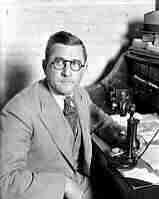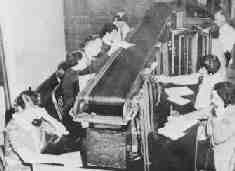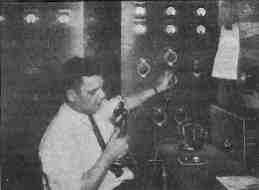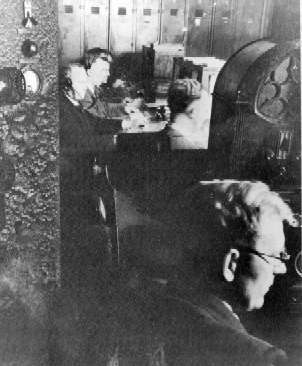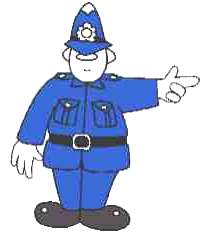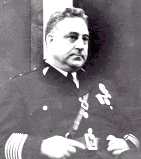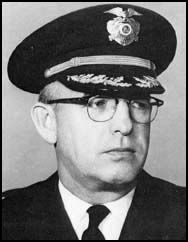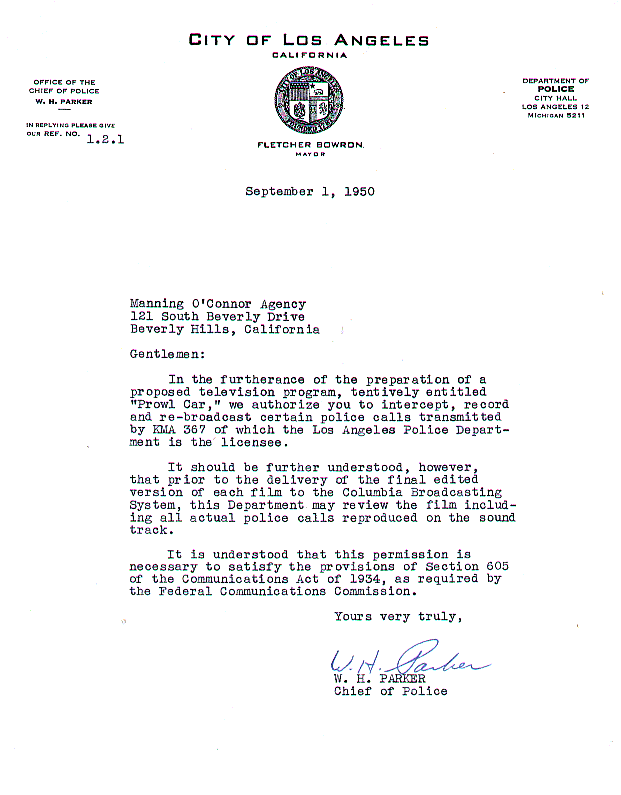"KMA367* -
KJC625" |
Copyright © 1998, 2001 Harry Marnell
|
|
An Unofficial History
of the Los Angeles Police Department's Communications
Division |
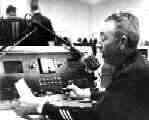 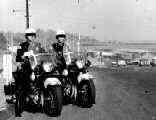 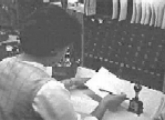 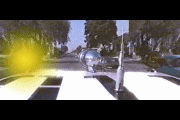 |
| CURRENT LAPD RADIO CODES AND PROCEDURES FROM THE DEPARTMENT MANUAL |
| Click HERE to go to other incident and disaster audio and video recordings |
What is a "SigAlert?" Find out
Here.... |
|
Before long, it was
recognized that the value of police radio could be better
realized by a more streamlined method of call-taking. A
new system was instituted, which increased speed in
answering and dispatching calls. Now, police officers
working the eight-position "complaint board"
would receive all incoming public calls directly on a new
"MICHIGAN 5211"
telephone number, instead of having them relayed by the
city hall switchboard. These officers were required to
have at least five years experience in the field. Routine
calls were then sent by the conveyor belt to the radio
room, which had five dispatcher positions and a
"link" operator.
Soon, sergeants' vehicles also got radio receivers, and major calls could be answered by field supervisors as well as by the concerned patrol car. Divisional desk sergeants and detective offices were equipped with receiving sets. When the station supervisor felt it appropriate, he could send the division "emergency car" on a call. In the infrequent event - less than 1% of all calls - that the radio car officers did not receive the broadcasts, this ensured that the police were indeed responding, and provided the additional manpower that might be needed at a major incident. LAPD broadcasts were monitored regularly by the Orange County Sheriff, the police departments of Beverly Hills, Alhambra, Santa Monica, Culver City, San Fernando, Hermosa Beach, Huntington Park, Burbank, Glendale, La Habra, Moorpark, and as far off as San Clemente, as well as the Orange County Fruit Patrol. LAPD had agreements with a number of police agencies to broadcast their emergency calls. Between 1933 and 1936 the Los Angeles County Sheriff's Office and LAPD conducted a number of tests to determine whether police radio was adaptable to the mostly-rural Sheriff's patrols and constables. These were mainly done on busy weekend nights, and eventually the Sheriff decided that radio would work for his department. Until the county was able to get its own radio station on the air, LAPD began handling radio calls for eight of the sheriff's nine substations. Pasadena police were contracted to dispatch for the Altadena sheriff's station, as the Los Angeles transmitter didn't cover the foothill areas very reliably. Los Angeles wasn't the first police department in the area to use radio, however. It now appears that the neighboring Pasadena Police Department had gotten on the airwaves almost a year earlier, sometime in 1930... "Click here and we'll run up
to Pasadena for a minute" "Calling all cars, calling all cars..." |
||||||||
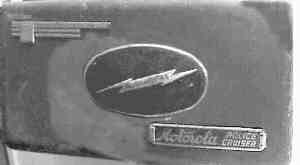 |
|
|||||||
|
||||||||
| The PR and Community Relations aspects of the public "listening in" weren't lost on the Department either. On November 29, 1933, William Robson's radio series "Calling All Cars" debuted on the CBS Radio Network. Chief James E. Davis was right there from the get-go, being an announcer and narrator for most of the early programs, many of which were based on actual L.A.P.D. cases. This series was designed for two purposes..."to sell 'Rio Grande' Gasoline and to tout the use of radios in police cars. |
|
||||||||
As such, the stories revolved around just how fast squad cars can get to the scene of a crime now (1930s) as compared to a few years before, because of the radios ... and the increased speed and power of Rio Grande Gas! At times Davis sent subordinates to fill in for him, and many of the police officials that appeared as narrator, were just plain awful. They were awkward, missed cues and lines and mispronounced just about everything." ( - Jerry Haendiges, of the Vintage Radio Place) |
|||||||||
| Again in 1950, less than a month into his historic 16-year term, Chief William H. Parker was asked to allow the use of actual LAPD radio calls in a proposed CBS television show called "Prowl Car." As Chief Davis had before him, Parker understood the widespread popularity of listening to the department's police calls on KMA367. He immediately consented to allowing the production company to record LAPD radio calls, his only condition being that the Department be allowed to review the film and police-call sound track before its airing. It is unknown if the TV show ever actually made it to the small-screen.
|
|||||||||
With the inauguration of the radio-communication system, the city was divided into 60 radio-patrol districts, scattered throughout the 15 geographical divisions. This was also the start of numbering patrol units according to their division of assignment. Central Division, then as now, was Division No. 1. It was divided into six radio patrol districts, numbered 11 - 16. Each patrol district was further divided into two sections, the second section receiving a "W" suffix, such as Sections 11 and 11W. The radio car's unit number was the same as the section number to which it was assigned. There was a large patrol-district map in the complaint-board room at City Hall, and each radio car had a duplicate map on curtain rollers attached to the car ceiling! Each car on radio patrol duty was similarly-equipped, so it could be reassigned to another district when necessary. The "Radio policemen" worked in two-man cars on day watch, 10:00 a.m. to 6:00 p.m. As both officers were assumed to be out together handling their calls, once a unit was dispatched it was considered out of service until the officers phoned in the disposition of their call and that they were again "clear" or available. On night watch, 6:00 p.m. to 2:00 a.m., and mornings, 2:00 a.m. to 10:00 a.m., there were originally three officers in each radio car; two officers would investigate the calls, while the third remained in the car to monitor the radio for any nearby emergency calls. Manpower shortages ended that procedure within a year or two. It should be noted that the radio cars were only dispatched on high-priority calls. Routine calls would be assigned to other units either at the station or when they made their hourly telephone or "Gamewell" check-ins. |
|
Southern California Fire Communications Frequencies & Links *KMA367 was the FCC callsign for most of LAPD's radio transmitters from the late 1940s to the early 1980s, when the UHF-band "ROVER" radio frequencies went into operation. This included the "AM" band frequencies heard across the country and the VHF frequencies which followed them. Because of the wide coverage on the AM band, and its use on such TV shows as "Dragnet" and "Adam-12," KMA367 will probably be associated with the Los Angeles Police Department for years to come. There are still a handful of special-use frequencies with those call-letters, but the booming "KMA367" on the dispatch channels has been replaced with a recorded "KJC625." |
| Tickets and Radio Position | Photo Gallery | Links, Links & more LINKS |
| NEW! VISIT MY LAPD, DISPATCHING, & FIRE SERVICE BOOKSTORE |
||

